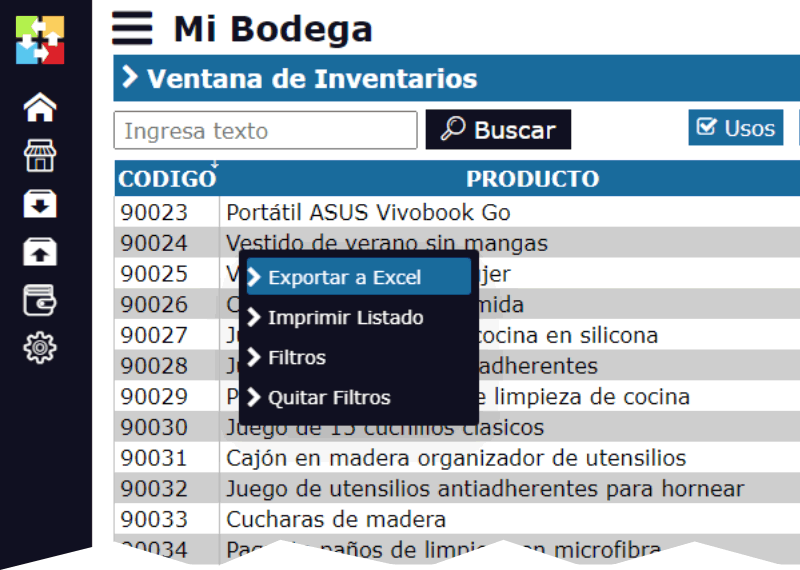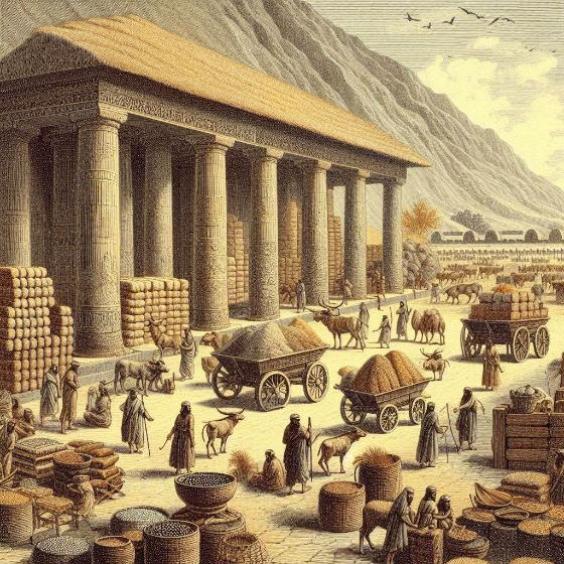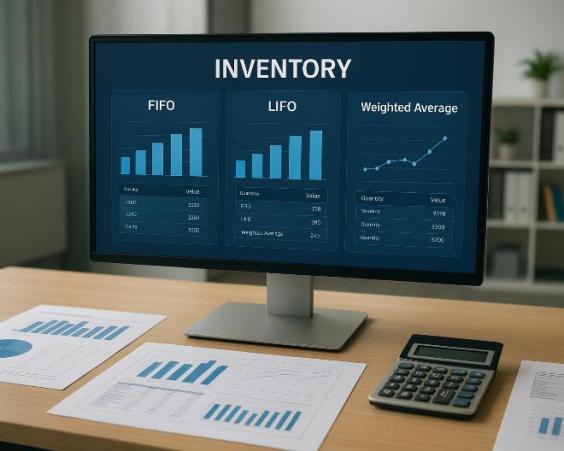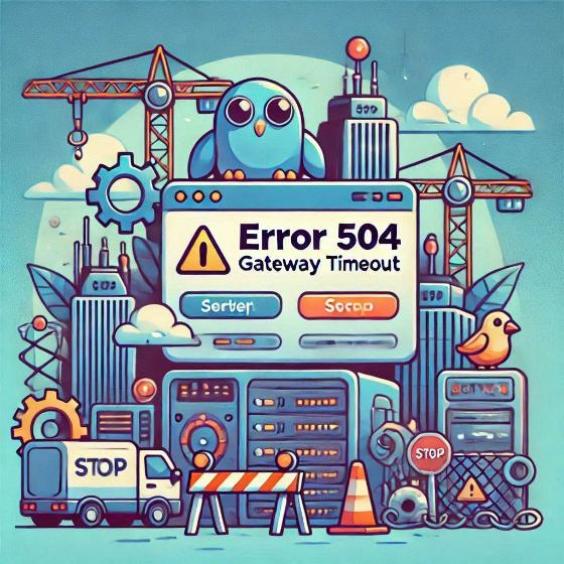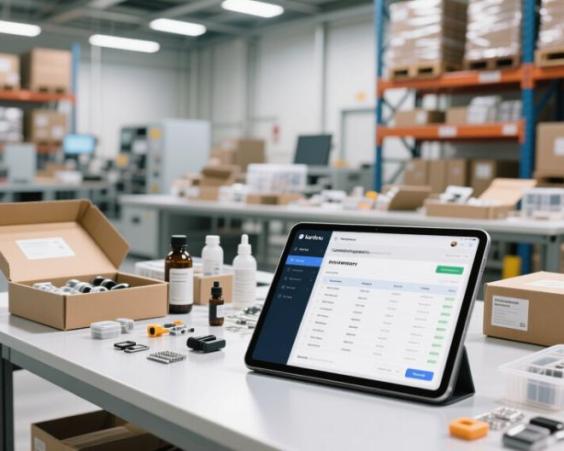History of Inventory System
The concept of inventory is as old as civilization itself. Since the first human communities began to organize themselves, it was necessary to keep a record of what they owned and what they needed. Although technology has drastically changed over the centuries, the essence of inventory remains the same: knowing exactly what you have, where it is, and what it is being used for.
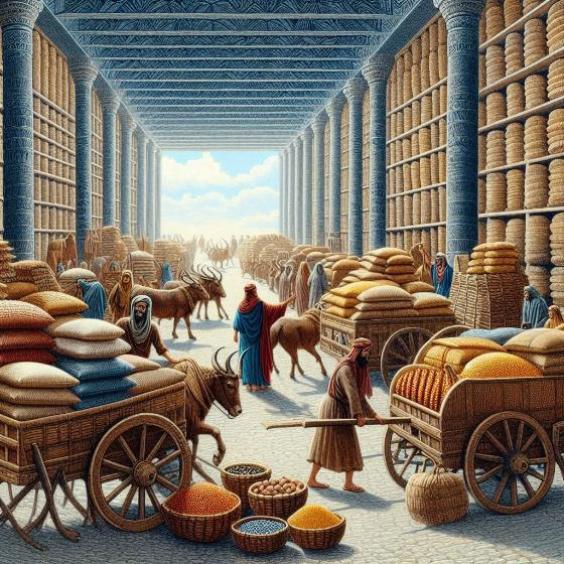
The First Inventories in History
The first references to inventories are found in records from ancient Mesopotamia, around 3000 BC. In this region, considered the cradle of civilization, Sumerian communities already used clay tablets with cuneiform inscriptions to record their goods, such as grains, livestock, and other resources. These lists not only helped authorities manage food production and distribution but also served as evidence in commercial transactions and to maintain the economic stability of the region.
Later, in ancient Egypt, the pharaoh had a complex system of records to monitor the Nile's harvests and store agricultural products. This control was essential to predict periods of scarcity and distribute resources among the population. The famous "Papyrus of Ramesseum," dating from 1700 BC, contains some of the oldest known inventory lists, detailing quantities of food and valuable objects, with precise annotations on what was received and delivered.
In ancient Greece and Rome, goods and resources were also recorded, although in a more structured way. The Romans, for example, had a figure called "Magister Rationis," a kind of accountant or auditor who kept an exhaustive record of the empire's resources. These inventories not only covered material goods but also slaves, animals, and lands, which were accounted for with precise details for fiscal and military purposes.
Historical Curiosities: Ancient Lists and Records
One of the most fascinating curiosities comes from Babylon, where tablets were found documenting transactions and lists of goods stored in temples. These temples, in addition to being religious centers, functioned as the first banks and warehouses, where the community's wealth was protected and managed.
Another interesting reference comes from the Chinese civilization during the Qin Dynasty (221-206 BC), which established a meticulous system of records to control grain, weapons, and metals. To ensure that no resource was lost, seals and unique codes were used that guaranteed the authenticity of the inventories.
Inventories in the Middle Ages and the Colonial Era
In the Middle Ages, European monasteries kept the knowledge of inventories alive, especially through the control of their harvests, livestock, and artisanal production. Accounting records became an essential tool for the administration of feudal estates and ecclesiastical properties. The famous work "Domesday Book," commissioned by King William the Conqueror in 1086, is one of the most detailed property records of the medieval period and served as a basis for tax collection in England.
During the colonial era, European explorers and trading companies, such as the British East India Company, began to keep a precise inventory of the merchandise they transported and traded in the new territories. These inventories not only included products such as spices and textiles but also slaves and natural resources. Maintaining these records was vital to ensure profits and control over global trade flows.
The Emergence of Modern Inventories
The Industrial Revolution marked a turning point in the history of inventories. Mass production and the need to manage large quantities of raw materials and finished products led to the development of new inventory control techniques. Cost accounting, Frederick Taylor's scientific management theory, and the use of stock cards marked the beginning of a systematic and detailed approach to inventory management.
With the appearance of the first mechanical calculators and accounting systems, inventory control became more precise. In 1913, Ford Motor Company implemented the famous assembly line and developed inventory systems based on Just-in-Time (JIT), allowing costs to be reduced and efficiency to be improved in production.
Digital Inventories: The Leap into the Information Age
At the end of the 20th century, the rise of computers and digital technology transformed inventories completely. Enterprise resource planning (ERP) systems allowed for centralized and automated control, where every stock movement is recorded in real-time, minimizing human errors and optimizing business operations.
Today, inventory systems are completely online, accessible from any device with an internet connection. With the use of barcodes, RFID tags, and smart sensors, each product is tracked and located with amazing precision. It is no longer necessary to rely on manual reviews; technology allows for automatic audits and instant reports to be generated, always keeping the information up-to-date.
From Counting Sheep to the Cloud: What's Next?
Although the tools have changed drastically, the essence of inventory remains the same: knowing what you have, where it is, and how it is being used. It is fascinating to think about how technology will continue to evolve this millenary practice. From the integration of artificial intelligence to the use of blockchain for product traceability, the possibilities are endless.
Who knows, perhaps in the future, inventories will be managed by algorithms that keep us informed of each product in our warehouse before we even need it. After all, in the history of inventories, the only constant has been change.
